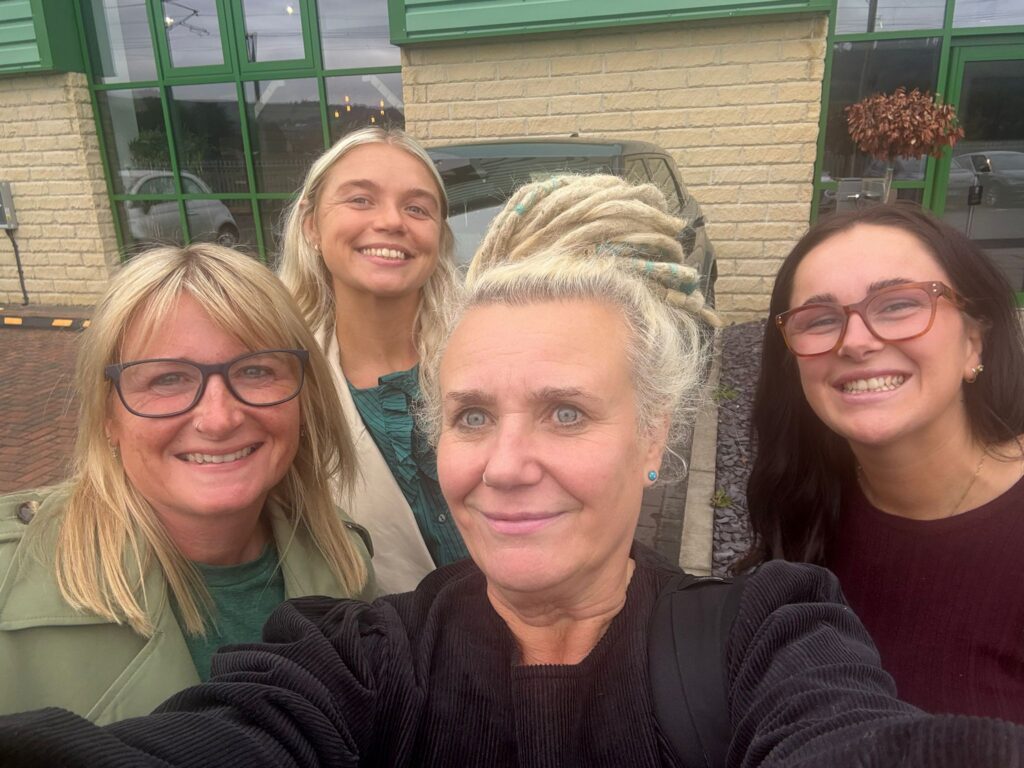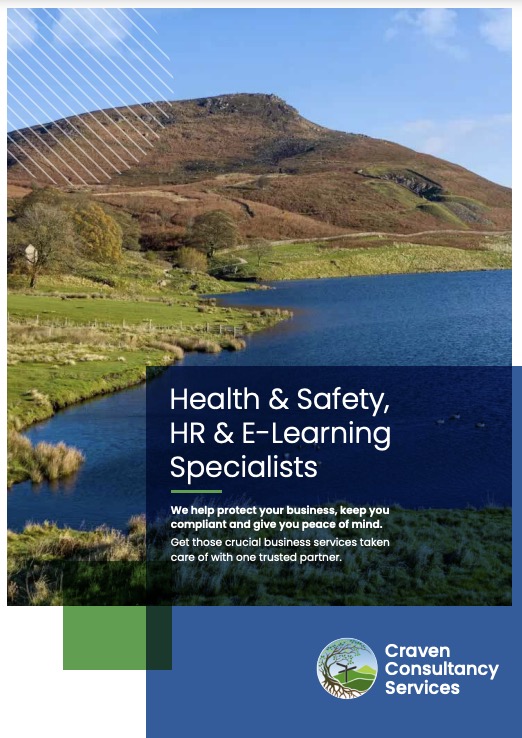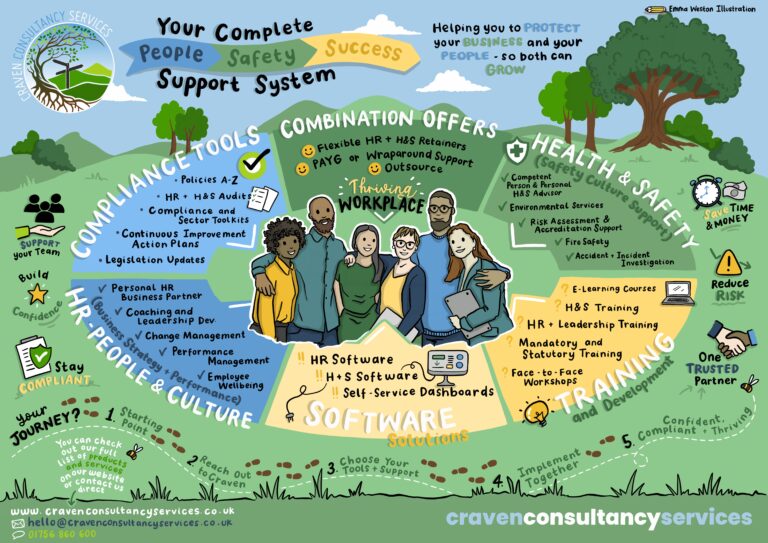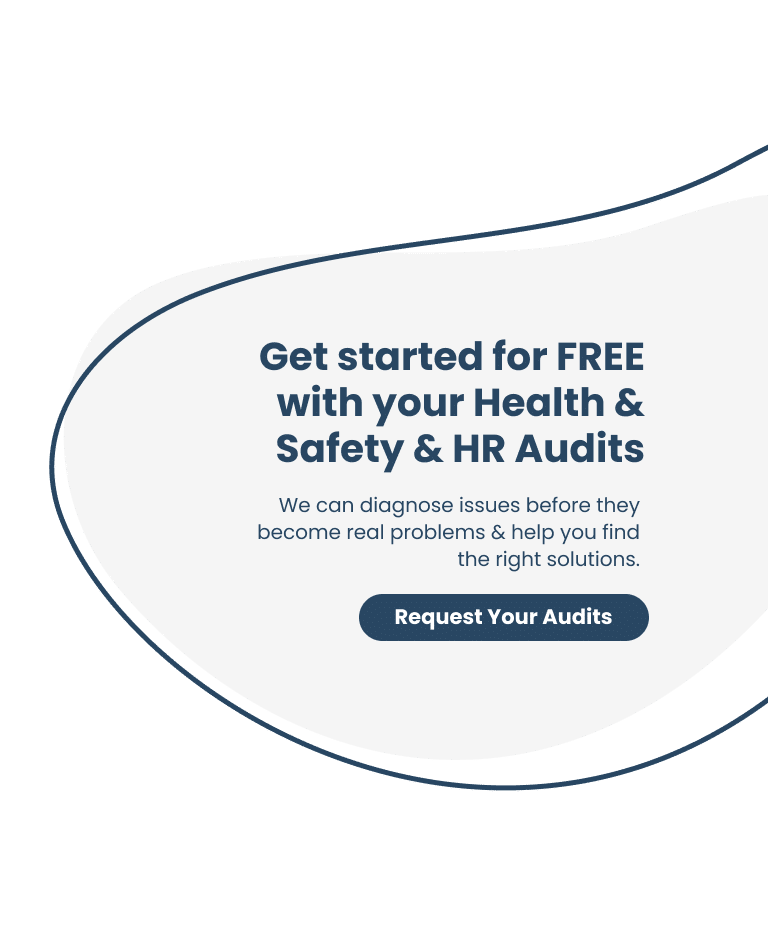What is a near miss?
A near miss is defined as an event that, while not causing harm, has the potential to cause injury or ill health. Whilst near misses are usually individual events, they can also occur at the same time as accidents. An accident should also be reported as a near miss if more people could have been injured, or injured in a different way, than the main injury occurring during an accident. Reporting both accidents and near misses are important in tackling hazardous situations that may occur when working.
Near misses should be reported and investigated as this will highlight any possible failings or gaps in current health and safety measures. This could prevent future incidents or accidents. Including near miss reporting in your health and safety practice promotes a proactive approach to safety. This could also in turn save money in the long run.
It can be difficult to get staff to report near-misses or minor slip accidents. They are often seen as funny or embarrassing occurrences (until someone is hurt). It is important to create a culture which encourages reporting of these accidents.
What should you investigate?
- When did the near miss happen?
- What was the employee doing when the near miss happened?
- What equipment and working areas were involved?
- Was the person authorised to be carrying out this task/activity?
- What caused the near miss?
Investigating near misses will allow a business to identify and implement control measures. This will aid reducing future near misses and possible accidents. As part of the investigation, you will be able to identify immediate causes, underlying causes and root causes. This will lead to remedial actions that may prevent this type of near miss or possible accident occurring in the future.
Legal requirements
There are legal duties for reporting and investigating both accidents and near misses. Investigations fall under The Management of Health and Safety at Work Regulations 1999, regulation 5. This requires employers to plan, organise, control, monitor and review their health and safety arrangements. Investigations also ensure that an organisation is complying with the Health & Safety At Work etc Act 1974.
When to report a near miss
Near misses should be reported as soon as possible and can be reported anonymously. Investigations should also be conducted as soon as possible. This will be subject to the magnitude of the near risk, the immediacy of any risks involved and the potential of further near misses or accidents. People’s memories of the event will be clearer if the investigation happens straight after the event. Motivation to enact any changes following the investigation will also be at their highest.
A good investigation will involve information gathering and anaylsing of this information which will help with identifying all causes (immediate, underlying, root). This will then lead to an action plan for implementation of control measures. These measures need to be reasonably practicable and with realistic timescales applied to implementing them.
Providing they have the authority to do so, both near miss reporting and near miss investigation can be organised and undertaken by anyone.
Further information
For further information, consult HSG245 ‘Investigating accidents and incidents: A workbook for employers, unions, safety representatives and safety professionals’ https://www.hse.gov.uk/pubns/books/hsg245.htm













